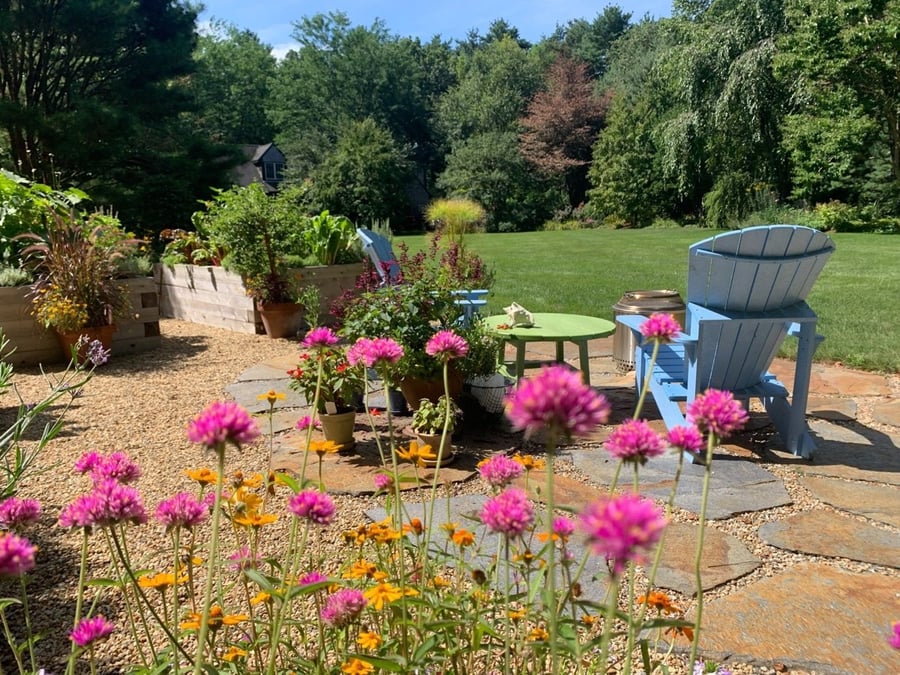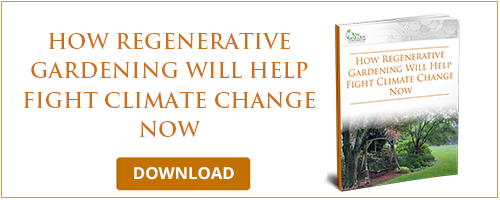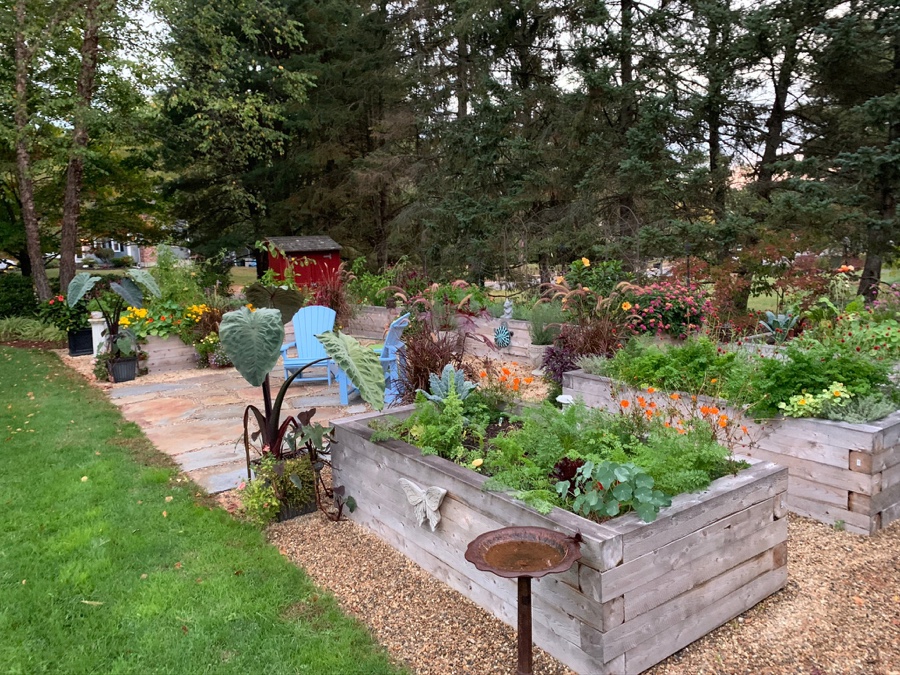Americans are used to jumping in their cars and driving everywhere. To work, the store, school, events, and a myriad of destinations. Many of us don’t give a second thought to driving miles for something in particular, but it doesn’t have to be that way. Today, there are lots more choices than just a few years ago. Agricultural cooperatives, farmers markets, specialty stores, and restaurants are creating dynamic, local alternatives to many of the things we buy and enjoy – many of them right in our own neighborhoods. So instead of automatically driving miles to a big box store or national chain, take a look at what’s available in your community and support those organizations and efforts.
As you begin to focus on “local” you may find that it’s easier (and healthier) to just walk there, ride a bike, or take public transportation instead of driving yourself in your own gas-powered vehicle.
This concept of intentionally looking for local options is called “hyper-local” and it’s rapidly growing in popularity. So if you are driving yourself, instead of driving on ten separate errands, make a list locally and go out once. Instead of motoring far away to get the lowest price, go local and spend more money on the product, but less on fuel – chances are it’ll balance out. Once you decide to drive less it’ll cause you to reevaluate your daily activities to help accomplish your goal of reducing your carbon footprint.
2. User fewer paper products.
Let’s face it. We all use far too many paper products in the name of convenience. Paper towels, single-use coffee pods, paper cups, printer paper, disposable diapers. Many of us (like me!) use paper as a security blanket. We like to print everything out “just in case.” We leave ourselves paper notes everywhere. We shove paper into piles, thinking it’s important and we’ll look at it later. And the truth is, most of this is simply not necessary.
Simple things such as using a travel mug for your morning coffee instead of a throw-away paper cup, washable kitchen towels and cloths instead of rolls of paper towels, and a digital tablet or notebook instead of paper pads can all make a big difference. And it’ll also save you some serious money over time!
3. Say “no” to single-use plastic.
It’s astonishing how much throw-away, single-use plastic enters the environment every day. Plastic utensils from our take-out meals, plastic bottles from our drinks, plastic wrap from the products we buy. Plastic, plastic, plastic. It is everywhere.
Swap those cases of individual plastic water bottles for a reusable, cleanable, 1-liter water bottle you can easily take anywhere. Instead of buying single-use plastic storage containers for your leftovers, consider glass, such as mason jars, and other glass containers with sturdy lids that can be used over and over. Buy detergents in large refill containers and pour them off into smaller, reusable containers that you can keep under the sink and over your washing machine and refill when necessary. Or, try those cool dissolvable detergent sheets that come in a recyclable paper envelope! Consider cleaning products in concentrate that can be mixed with water at home and stored in reusable glass bottles.
4. Go back to old-fashioned gardening tools
Yes, it might be a little harder and take longer, but physical labor has its own rewards. It’s a great way to get exercise, it puts you in closer touch with the soil, and provides a deeper sense of satisfaction.
Those noisy, gas-powered leaf blowers are a real bone of contention in many communities – towns in Massachusetts such as Cambridge, Newton, and Brookline have even passed laws outlawing their use during certain hours of the day. A rake and a broom have worked well for hundreds of years and offer a great upper-body workout as a bonus. Yup, it takes longer, no doubt, but maybe that’s okay in the long run.
Gas powered hedge shears may be highly efficient and provide a level of pruning precision unavailable to all but the most highly-skilled power equipment users, but they also create wildly unnatural outcomes for the plants. Hand-powered tools foster a more intimate relationship with your trees and shrubs, encouraging you to gain a better understanding of growth patterns and limb development, as you trim one branch at a time. Again, it takes longer, I get that I’m pushing you into what seems like more work. However, the plants trimmed in this way also need far less trimming and pruning than their sheared counterparts.
Do you have a small lawn? Go nuts and replace your power mower with an old-fashioned push reel mower and be the envied talk of the neighborhood!
5. Switch to electric power equipment
Great strides have been made recently in lithium batteries and other energy cells. I realize there is controversy with these batteries - lots of imperfection yet to overcome. But, battery-powered tools such as weed-whackers, trimmers, and blowers now boast significantly improved power and longevity. Yes, they’re still not quite as robust as gas-powered models, but many come close, especially for consumer use. This is a good way to control not only emission pollution but also sound pollution. Certainly there are many situations in which gas-powered models are still preferred. But if many of us make the transition to electric where possible, the cumulative impact will help immensely.
6. Actively compost at home.
In a recent study, the EPA estimated that composting removed approximately 25 million tons of municipal solid waste – primarily food waste – from the waste disposal system. That’s approximately half a pound of compostable waste per person per day.
Composting doesn’t have to take up a lot of room. Most homeowners can start composting even in a small yard. And you don’t have to generate piles of yard debris such as leaves, branches, and grass clippings – kitchen scraps are a significant source of high-quality compostable waste material.
You can even compost passively, just by using a mulching mower that finely shreds grass clippings that decompose and feed your lawn. You can also leave your fallen leaves on the ground in low-impact areas such as the periphery of your property where it might transition from manicured lawn and gardens to field or forest. Of course, you’ll want to clean up any dead leaves and plants in your beds to prevent pathogens and discourage critters from taking shelter, but dead leaves will decompose nicely in areas that are a little wilder, feeding the plants there naturally.
7. Share plants where possible.
We’ve all been to those big garden centers, DIY home improvement chains, and even supermarkets where they sell thousands of little plants in plastic pots. Lots of waste and inefficiencies there. Instead we should be trying to get back to the old-fashioned way of sharing plants with friends and neighbors by creating what’s called “bare root stock” – digging up existing plants and splitting them to create two or more plants out of one. Dividing and sharing is a great way to reduce disposable plastic pot use while improving your neighborhood and community by sharing and spreading plants around.
8. Grow your own produce.
Turning some unused and unproductive lawn into a garden can be a great way to eat healthier and spend less time and money shopping for food. In fact, the COVID-19 pandemic has dramatically increased interest in home gardening to provide herbs, fruits, and vegetables for the family table. Seed companies nationwide have seen a remarkable increase in sales this past year -- Burpee reported its highest annual sales in its 144-year history while Johnny’s Selected Seeds in Maine saw a 270 percent jump in orders when the coronavirus national emergency was declared.
If you’re tight for space but already have an ornamental garden, consider giving up a portion of it for food production. You’ll still be creating visual beauty while adding value by investing in nourishing food that benefits the health and wellbeing of your family.
Got critter problems and the backache blues? There are oh-so-many ways you can overcome these two ubiquitous issues with raised box beds. My 25 inch tall white cedar boxes at home have been a saving grace. The bunnies and woodchuck pass right by and the height gives me the assistance I need so I can work my produce production for hours. There are oodles of new box contraptions on legs that will elevate your garden and allow you to install it in an afternoon right along your house or outside a sunny doorway.
 Home veggie gardens are a great tool to reduce your carbon footprint and improve your health and connection to the earth.
Home veggie gardens are a great tool to reduce your carbon footprint and improve your health and connection to the earth.
9. Support a local farmers market.
There is perhaps no better way to go hyper-local than to support your local farmers market and community-supported agriculture cooperative (CSA). Local growers generate 32 jobs for every $1 million in revenue – THREE TIMES greater than large national growers. Eighty-nine percent of local farmers buy their supplies from other local businesses, further boosting the local economy.
Buying your food locally and directly from the growers provides other substantial benefits. Not only does it keep more of the community’s money in the community, it reduces fossil fuel emissions because you and other community residents aren’t driving as much or as far compared to shopping in a national chain store that might be located farther away. Also, buying food locally is generally healthier because the fruits and vegetables are usually produced with fewer chemicals that would be needed to stabilize them for long-distance distribution. And less fuel is used transporting them. And let’s not forget the fun of making shopping with family and friends at the local farmers market an adventurous outing – who knows what tasty edibles you’ll find and new foods you might discover!
10. Partner with a local eco-friendly landscape company
Choose to work with a local landscaping company – ideally one that’s right in your community (like us, here in Medfield, MA) as part of your new hyper-local strategy. A local company will be invested in helping improve the local natural environment because it can help improve their business as well as the quality of life where they work on a daily basis. An experienced, local landscaping firm will have firsthand knowledge of the local ecology to create more successful landscape designs and recommendations based on the local soil, water, and weather conditions. And they’ll be able to provide insights into what plants will thrive in your specific location to steer you toward the right choices in shrubs, trees, and flowers. They also employ a local workforce and use local business partners to keep their business operational. All highly benefiting the local economy.
Let’s get started.
There’s no question about it – climate change is a daunting challenge, but one we can all help tackle. There is no one thing that anyone can do that will stop climate change cold, but rest assured that everyone’s incremental and collective efforts will ultimately make a difference in the health of our planet.
Don’t bite off more than you can chew or beat yourself up when your first attempt doesn’t pan out. We are changing decades of bad habits and it will take some time. We can start by weaving some of these suggestions into our daily lives. Even if you adopt just a few of these ideas at a time you will be well on your way to helping curb climate change.
“Be the change you want to see in the world.”
Mahatma Gandhi
If you are interested in regenerative gardening, please download our eBook about it called How Regenerative Gardening will help Fight Climate Change.


TWEETABLE TIP
There is no one thing that anyone can do that will stop climate change cold, but rest assured that everyone’s incremental and collective efforts will ultimately make a difference in the health of our planet.
VIA @GardenContinuum











Leave a comment